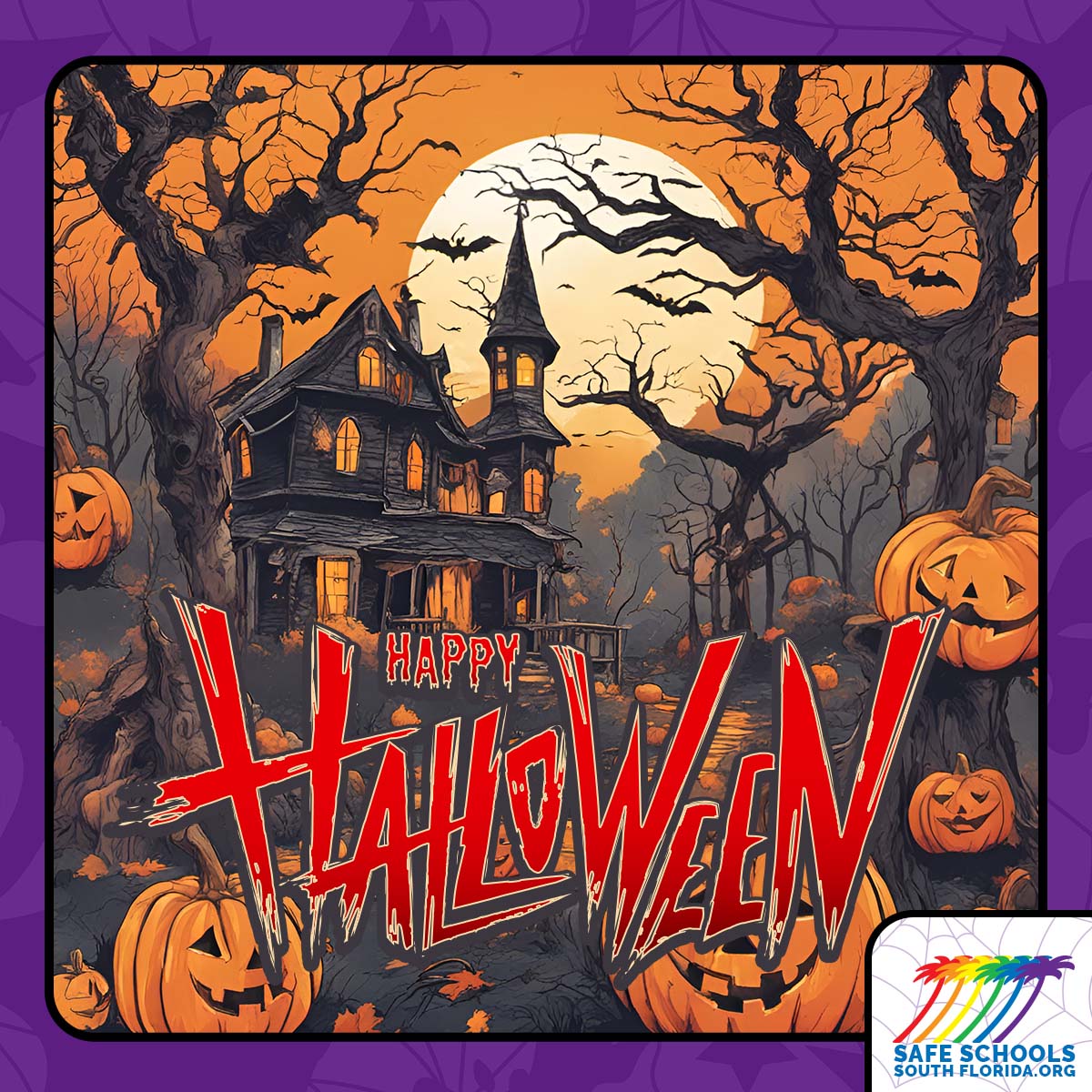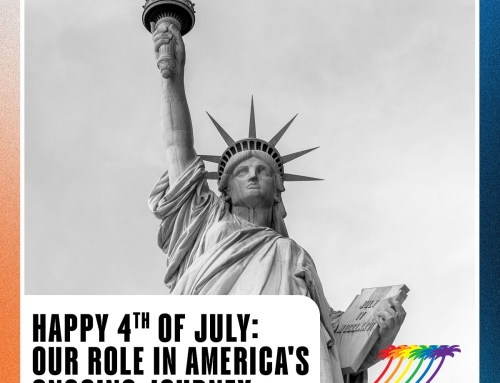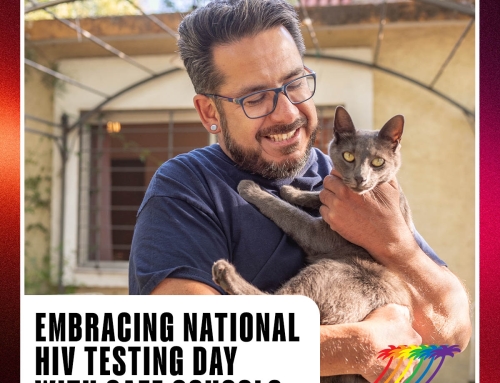The Tapestry of Traditions: Unveiling the Rich History of Halloween
Halloween, a mosaic of rituals and festivities, carries the echoes of ancient civilizations and the imprints of diverse cultures. An enigmatic blend of the mystical and the historical, Halloween’s traditions are interwoven threads of Celtic, Roman, and Christian influences, among others, each contributing to the vibrant tapestry of this beloved holiday.
Celtic festival of Samhain
Our journey begins with the ancient Celtic festival of Samhain, a gateway marking the end of summer and the onset of winter. The Celts believed that the boundaries between the realms of the living and the dead became porous during Samhain, allowing spirits to traverse between the two. Bonfires illuminated the night, and costumes served as armor against wandering ghosts. As centuries unfurled, Samhain became intertwined with Christian observances, morphing into All Hallows Eve, the precursor of the modern Halloween.
Jack-o’-Lanterns
The Jack-o’-Lanterns that glow ominously on our porches are the descendants of a grim Irish legend. Originally carved from turnips, these lanterns were the Celtic response to a tale of a man named Stingy Jack, who outwitted the Devil but found himself an unwelcome guest in both heaven and hell. The flickering lanterns, now carved into pumpkins, continue to ward off spirits, embodying the endurance of folklore.
Trick-or-Treat
Trick-or-treating, a cornerstone of Halloween revelry, is a tradition with a multitude of historical roots. It carries echoes of ancient practices such as ‘souling,’ where offerings were exchanged for prayers, and ‘guising,’ involving disguised individuals performing in exchange for sustenance. The fusion of these customs has blossomed into the delightful exchange of costumes and candies that we cherish today.
Black and Orange
The quintessential Halloween colors of black and orange paint the essence of the season—black embodying the closure of summer, and orange, the richness of autumn’s harvest. These colors, rooted in the Celtic Samhain, continue to adorn our celebrations, encapsulating the seasonal transitions.
Bobbing for Apples
Bobbing for apples, a seemingly innocuous game, has its roots entwined in romance and courtship. A practice hailing from Roman festivals, it was a conduit through which the young could glimpse into the tapestry of their romantic futures. Over time, this ritual found its home within the Halloween festivities, merging with the Celtic Samhain.
Mischief and Youthful Revelry
Pranking, another facet of Halloween, carries the vibrancy of mischief and youthful revelry. Traditions such as ‘Devil’s Night’ embody the essence of playful mischief, which has been a constant companion of various celebrations across cultures and times.
Candy Apples
Candy apples and other confectioneries trace their origins to rituals and accidental discoveries. These sweet treats, once symbols of preservation and divine offerings, have transformed over the centuries, reflecting societal changes and evolving tastes.
Happy Halloween
Thus, Halloween stands as a testament to the enduring power of traditions and the fluidity of cultural exchange. Its customs, a confluence of diverse historical and cultural rivers, flows into the ocean of contemporary celebrations, making Halloween a rich, multifaceted festival of mysteries and joys.
By: Harold Marrero
Chief Operating Officer
We encourage you to share this information with friends, fellow teachers, and allies and join us in bringing awareness to our efforts. Your support is essential for our ongoing work to create safe spaces for all students, regardless of ethnicity, gender, sexual orientation, or expression. Please consider donating to Safe Schools so that we can continue advocating for inclusivity and diversity within the education system.







